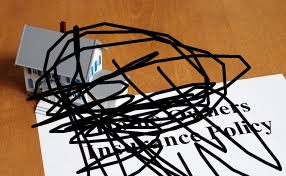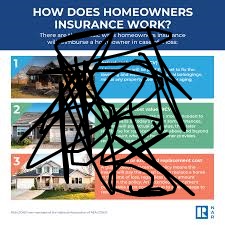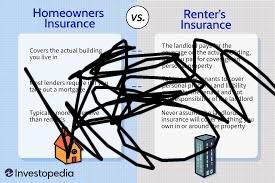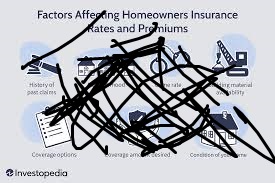The overall value of your home should be clearly and accurately assessed before making any choice of insurance policy.
This appraisal can and must exceed the market value or purchase price and must take into account the entire replacement value of the structure itself,
including the construction materials, the square footage, and any special attributes of the architecture.
Also, the homeowners should consider the value of personal property in the house such as furniture, electronic, jewelry, appliances, collectibles, and artwork.
A few of the valuable things may be beyond the ordinary scope of policy and require special endorsement or floater policy to be fully insured.
Not only do they help know what should and should not be covered by documenting all possessions with detailed inventories,
photographs, receipts, and appraisals, but filing a claim is also far easier should any item be lost.
This broad based analysis would avoid the underinsurance and overinsurance that would both expose the homeowner to undesirable runaway out of pocket costs and wasteful premiums respectively.
The basis of an insurance program that actually works is correct valuation.
Compare a variety of coverages.
Homeowners insurance policies are not created equal and some cover options vary significantly between companies.
It is advised that house owners should critically analyze contents and omissions of both the policies to exhaustively cover themselves.
The most common items associated with this include staple, dwelling, personal property, liability, personal injury or damage to another persons/ property,
and other miscellaneous living costs in the unlikely event that the house is put out of commission.
In addition to these essentials in most insurance policies, there is optional coverage provided against risks normally not covered in standard policies like floods,
earthquakes, sewer overflows, landslides or even identity protection insurance.
These optional coverages are required to be viewed holistically with reference to your geographical location,
exposure to climate risks and your individual situation such that you are able to select a policy which will in fact cover your property and assets.
These comparative ads will enable the homeowners to see what the policies do not cover in insuring them,
what they might get in case they claim it and what plan they may get according to their needs and risky features.





